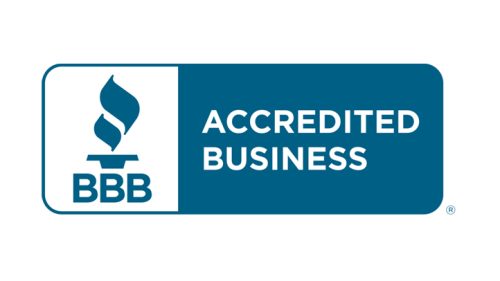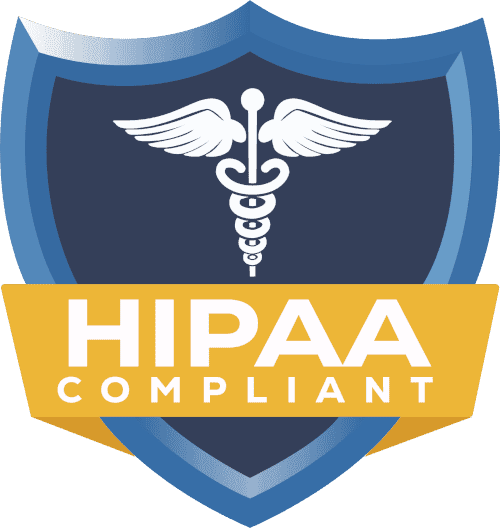Medical Credentialing vs. Payor Enrollment: Key Differences

When it comes to building a successful healthcare practice, understanding the difference between Medical Credentialing and Payor Enrollment is essential. These two processes, though often confused, are crucial for a provider’s ability to offer care and receive reimbursements from insurance networks.
At Credex Healthcare, we specialize in guiding providers through these essential processes. Let’s dive into the key differences you should know.
What is Medical Credentialing and Payor Enrollment?
Medical Credentialing
Definition:
Medical credentialing is the process of verifying a healthcare provider’s qualifications, including their education, licensure, work history, and malpractice insurance coverage.
Purpose:
This process ensures that providers meet the necessary standards to offer safe and effective care to patients.
Outcome:
Once credentialed, providers gain clinical privileges at hospitals and healthcare facilities, allowing them to practice and serve patients.
Payor Enrollment
Definition:
Payor enrollment refers to the process of registering a provider with insurance networks, enabling them to bill for services rendered and receive reimbursement.
Purpose:
The purpose of payor enrollment is to ensure that providers can serve in-network patients and be reimbursed by insurance companies.
Outcome:
Once enrolled, providers are considered approved participants in an insurer’s network, streamlining the insurance claims process.
Did you know?
Payor enrollment can only begin after credentialing is completed.
The Credentialing & Enrollment Process: What You Need to Know
Medical Credentialing Steps
- Document Collection:
Gather essential documents like licenses, malpractice insurance, work history, and professional references. - Submission:
Submit the required documents to the healthcare organization or credentialing committee. - Verification:
The credentialing body reviews and verifies the provided information for accuracy and compliance. - Approval:
Once verified, clinical privileges are granted, allowing the provider to begin practicing.
Managed by:
Healthcare organizations, insurance companies, or third-party verification bodies handle credentialing.
Payor Enrollment Steps
- Information Collection:
Submit your National Provider Identifier (NPI), tax ID, contact details, and credentialing status. - Application Submission:
Provide the necessary documents to the insurance company for review. - Verification:
The insurance company verifies the provider’s credentials and compliance with their standards. - Enrollment & Contracting:
Once approved, the provider is added to the insurer’s network and can begin billing for services.
Did you know?
Payor enrollment starts only after credentialing is complete.
How Long Does Credentialing & Enrollment Take?
Medical Credentialing Timeline
- Duration:
The credentialing process typically takes 30-60 days, depending on the credentialing body and the complexity of the verification process. - Primary Source Verification (PSV):
This step involves extensive background checks by insurance companies to ensure compliance and accuracy.
Payor Enrollment Timeline
- Duration:
Payor enrollment typically takes 120-180 days. This extended time frame includes additional steps such as payer contracting, linking the tax ID, and fee schedule approval. - Important:
Payor enrollment cannot begin until the credentialing process is complete.
Need to fast-track your enrollment?
We offer expert assistance to streamline the process.
Ongoing Maintenance & Compliance
Medical Credentialing Requirements
- Regular Updates:
Providers must update credentials, renew licenses, and complete continuing education requirements. - Compliance Monitoring:
Healthcare organizations track the status of provider credentials to maintain active status.
Payor Enrollment Requirements
- Revalidation:
Insurance companies may require providers to periodically reconfirm their credentials and status. - Easier Maintenance:
Payor enrollment typically requires fewer updates compared to medical credentialing.
Staying compliant can be overwhelming.
Let Credex Healthcare handle the ongoing maintenance for you.
Final Thoughts: Which Process Do You Need?
You’ll need Medical Credentialing if you’re joining a new facility or hospital.
You’ll need Payor Enrollment if you plan to accept insurance payments and become an in-network provider.
Want a hassle-free experience?
Credex Healthcare manages both processes so you can focus on what matters most: providing excellent patient care.
Learn More or Call Us:
Visit our website or contact us at 833-477-1261 for assistance with credentialing and enrollment.



















